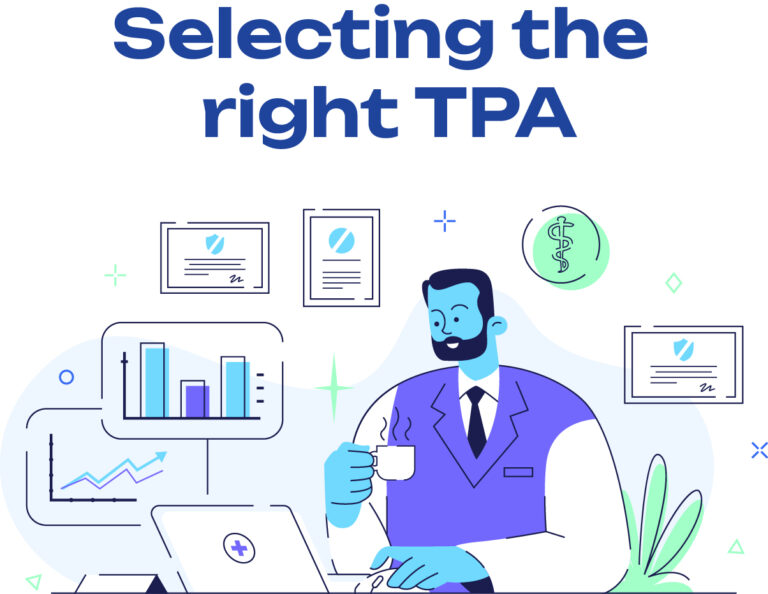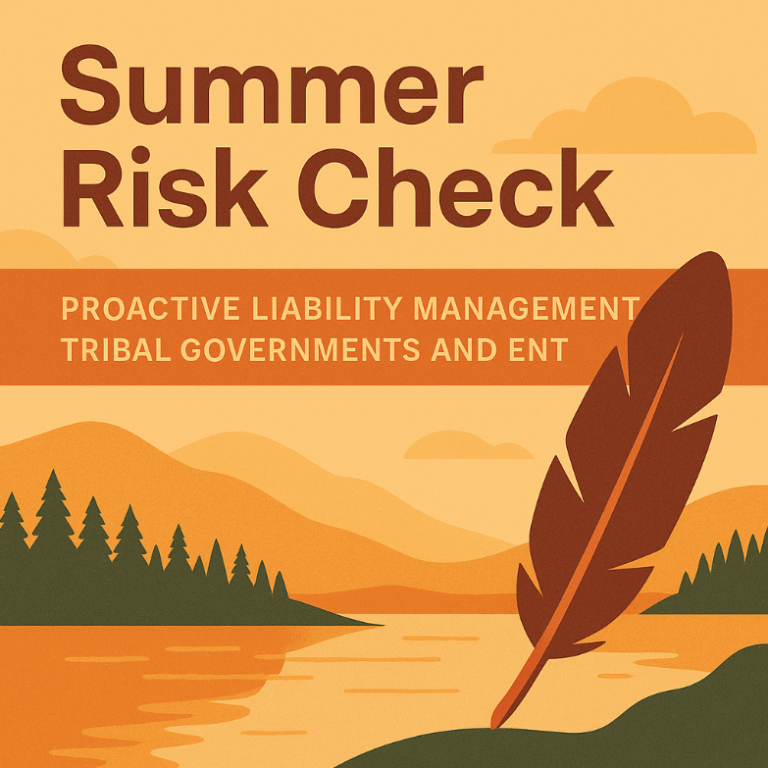In today’s tight labor market, HR leaders are feeling the pressure to improve retention—often without room in the budget to expand benefits. But across both tribal and commercial employers, a quiet shift is underway:
Retention isn’t just about richer benefits anymore—it’s about smarter connection.
From workforce education to values-based onboarding, organizations are seeing real results by focusing on what employees understand, trust, and use—not just what’s listed in the plan booklet.
Why Traditional Retention Levers Are Losing Impact
More PTO. Higher copays. Signing bonuses. In many sectors, these tactics have hit a ceiling. Employees are asking deeper questions:
- Do I understand the benefits I already have?
- Does this workplace respect my time and wellbeing?
- Can I navigate these benefits without feeling lost?
When the answer is no, even high-cost benefits won’t stop disengagement—or prevent turnover. And in sectors where onboarding is rapid and operational demands are high—like healthcare, education, or enterprise services—the risk of turnover is amplified without a clear support structure.

What’s Actually Working in 2025
HR teams seeing the strongest workforce engagement are using a different approach—centered on clarity, support, and cultural resonance. Here’s what they’re doing:
- Benefits Orientation Isn’t One-and-Done
Onboarding includes follow-ups at 30, 60, and 90 days—with benefits walkthroughs tailored to life events and department needs. This cadence gives employees time to absorb, ask, and act—not just nod along in a rushed orientation room. - Employee Resource Groups (ERGs) Are Reemerging
Especially in tribal enterprises and mission-driven nonprofits, ERGs are being used to create trust channels for HR—not just peer support. These groups are also surfacing benefit gaps and cultural alignment issues HR might otherwise miss. - Communication Is Visual, Not Verbal
More HR teams are using 1-page visual guides, short videos, or QR-linked printouts to cut through benefit jargon. These assets are particularly effective for multilingual or multi-generational workforces. - Supervisors Are Becoming Navigators
Instead of sending people to “ask HR,” some departments train supervisors to answer basic questions and escalate only when needed. This reinforces accountability and ensures issues are addressed in real time. - Engagement Surveys Are Actually Being Used
High-performing HR teams aren’t just sending pulse surveys—they’re closing the loop. Employees see the results, hear what’s changing, and understand how their input shapes future offerings.
The Loyalty You Can’t Buy—But Can Build
When employees feel informed and supported, benefits become a reason to stay—not just a feature of the job. This is especially true in tribal governments and enterprises, where trust in the system matters as much as the system itself.
In organizations where benefits education is embedded, employees are more likely to choose in-network care, use preventive services, and avoid claims confusion. That leads to better outcomes for both the workforce and the plan sponsor.
And for commercial employers—particularly those competing with larger firms for talent—this approach becomes a differentiator. When workers feel seen, supported, and connected to their benefits, they’re more likely to stay, refer others, and grow with the organization.
Want Help Reworking Your Retention Strategy?
Atria partners with tribal and commercial employers to improve benefit engagement, plan design, and employee trust—without blowing the budget. From training materials to plan communication audits, our team helps you build workforce confidence and loyalty that lasts.






